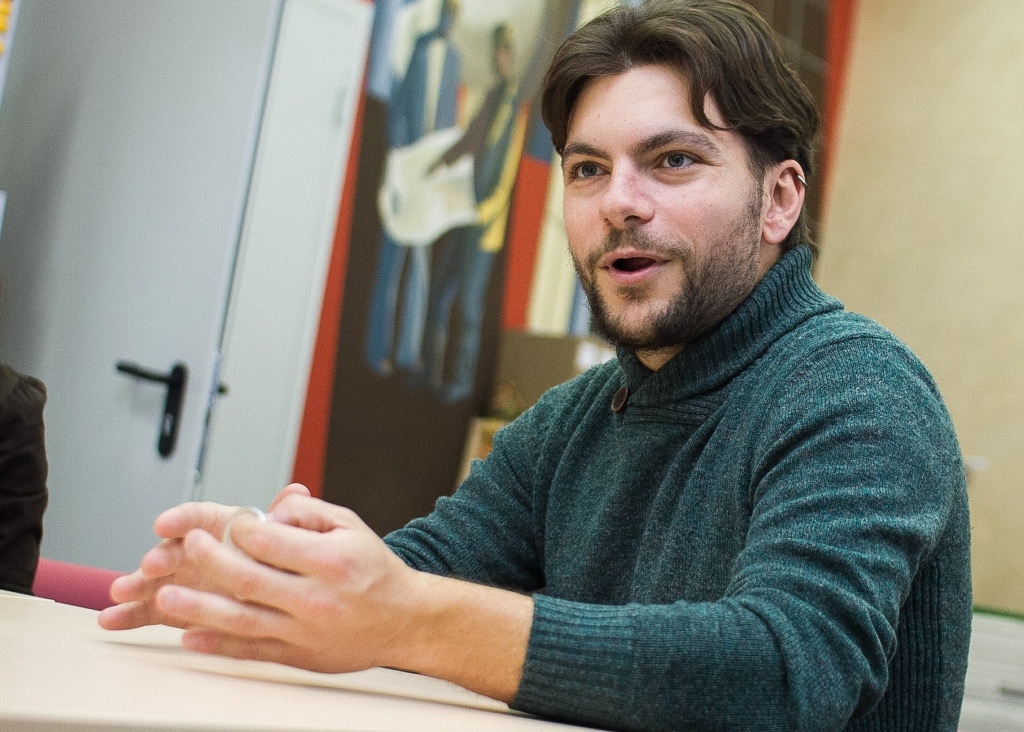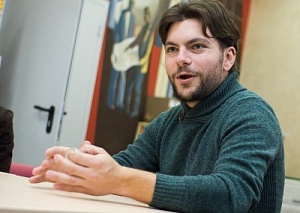Roberto Cazzolla Gatti, a scientist from Italy, Associate Professor in Ecology and Biological Diversity at Tomsk State University, and member of the TSU Centre of Excellence BioClimLand, has put forward a new theory of the emergence of new species - endogenosymbiosis. It is based on changes in the DNA chain as a result of interaction with the main carrier of viruses or bacteriophages. The theory was confirmed in experiments by scientists from Boston and Stanford.
- Existing theories of evolution don’t explain the whole of biodiversity and the rate of formation of new species - says Roberto Cazzolla Gatti. - I think that the various DNA viruses and bacteriophages can be symbiotically integrated into the DNA of carrier cells. Thus, over time the changes in the host's DNA are accumulated and form a new type.

In Darwin's theory, an important role is played by mutations that occur due to the necessity to adapt to the environment. Thus a long period of time (about several thousand years) is required for the emergence of new species. Endosymbiosis theory claims that the only way to create a new type is symbiosis that occurs when elements of the cells that previously existed separately in the form of the bacteria begin to work together with the cell and are transformed into organelles - mitochondria, ribosomes, chloroplasts, and others.
Roberto Cazzolla Gatti suggested that not only bacteria can enter into symbiosis with the cell, but also a variety of external viruses. Their DNA interacts with the DNA of the cell, causing changes. Over time, these changes are accumulated and form a new type.
This theory was confirmed in the experiments by Dr. Jamie E. Henzy and Dr. Welkin E. Johnson from Boston College. They proved that the antiviral genes - interferon-containing proteins with tetratricopeptide repetitions - were formed by the interaction between the mammals and viruses.
At the same time, Dr. David Enard and his colleagues at Stanford University have found that viruses are responsible for 30% of all changes of adaptive amino acids in some proteins of human cells.
These results suggest that viruses are one of the dominant factors in evolutionary changes. Previously, it has been estimated that 7-8% of the human genome carries about 100,000 DNA fragments that have come as a retrovirus from the outside. Currently, researchers believe that this figure is an underestimate and that the amount of endogenous genetic material from external sources is higher and represents an important factor in evolution.
- The creation of new types with the help of mutation or adaptation is possible, but it may take a few thousand years – comments Roberto Cazzolla Gatti. - My theory, in contrast to the previous theories, explains why evolution was abrupt. For example, there was not an intermediate stage of development between lizards and mammals, there was a jump in evolution and new species appeared.
The discovery by paleontologists Stephen Jay Gould and Niles Eldredge is an example of this. They found the remains of animals in cliffs at different levels that clearly demonstrated the transition from lizards to mammals without intermediate stages.
Roberto Cazzolla Gatti is certain that the new DNA is able to change the appearance of an animal quickly, which explains the leaps in evolution.

